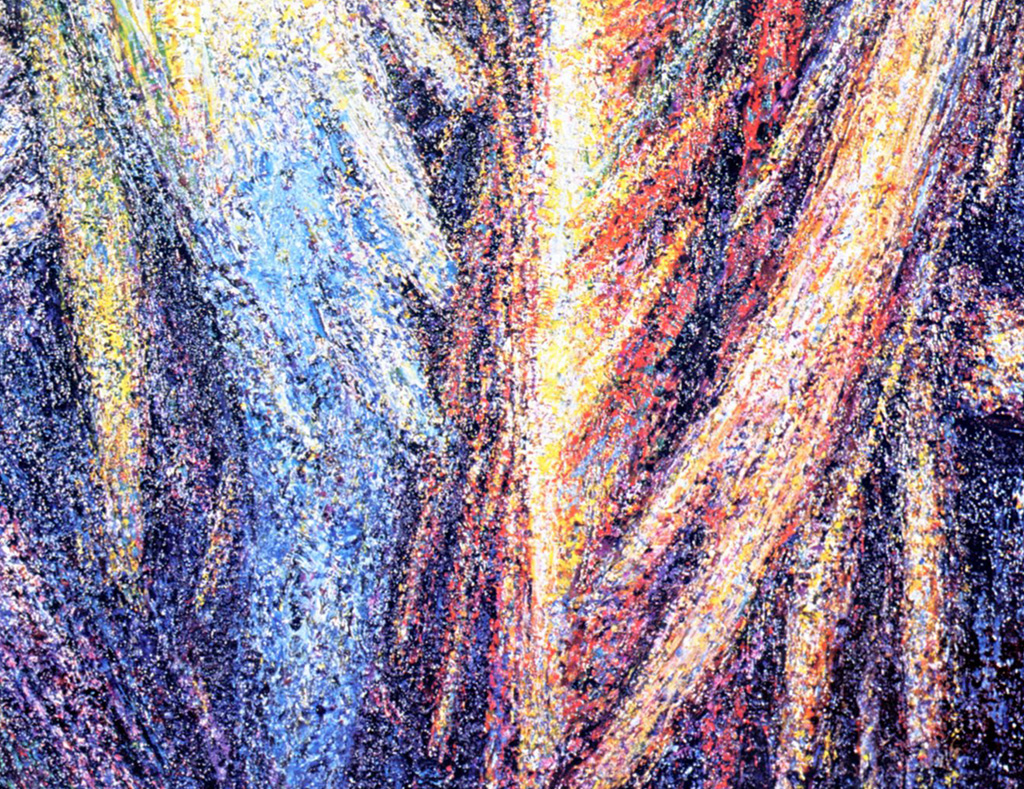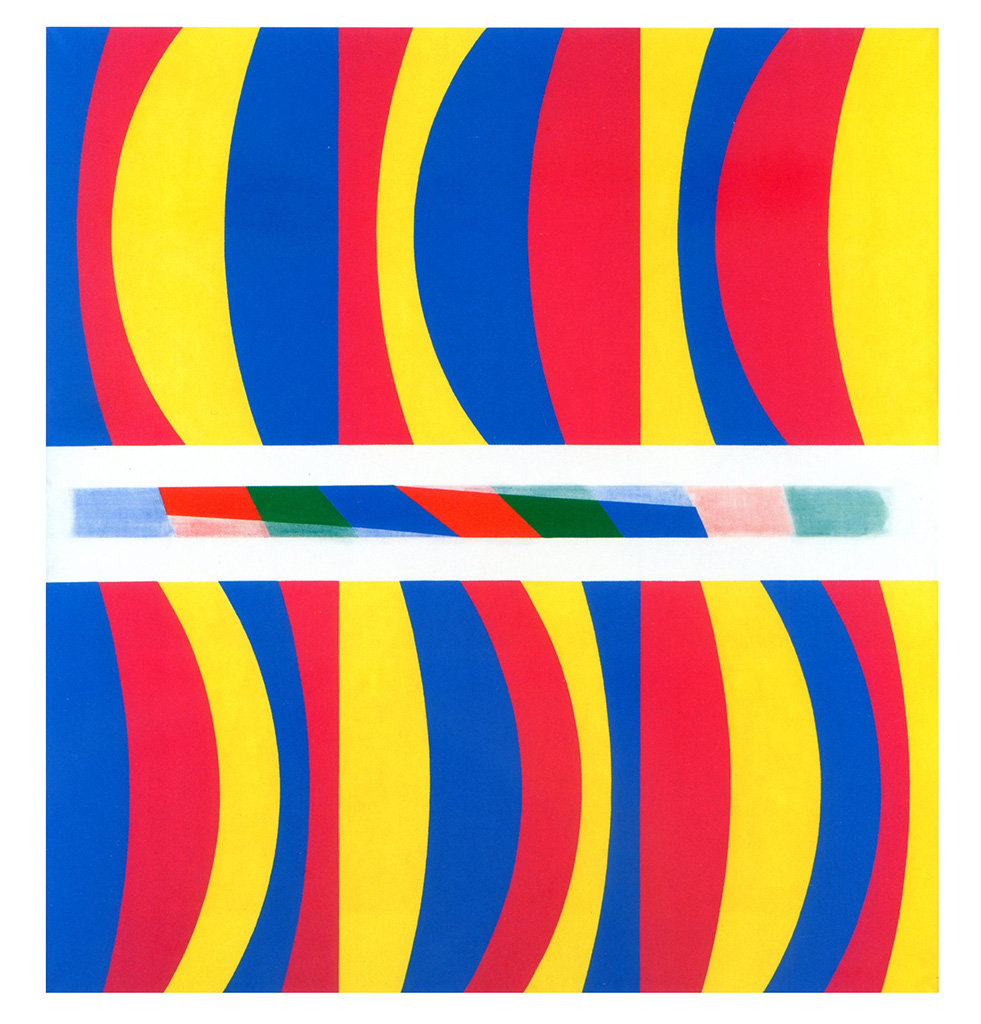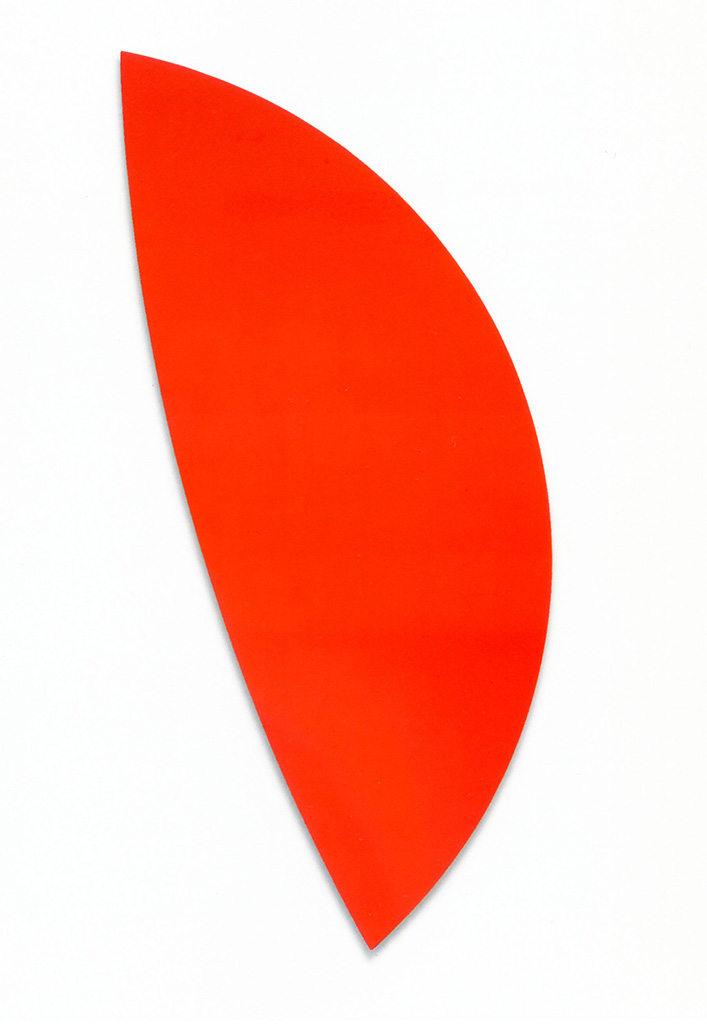Colourists in 20th century art
A colourist can be defined as artists who give priority to the creation of colour-based experiences in their paintings. The problem is that it can be used in significantly different ways. In two Posts, I suggest two approaches to the unraveling the consequent ambiguities. This post contrasts the very different meanings of the word for three particular 20th century painters who have been described as colourists. The Second Post analyses its meaning when used in the phrase “Venetian Colourists”. See also The Glossary entry for “colour“
First approach: Two distinct types of colourist compared
I had two artist teachers who described themselves as colourists. One was interested in whole-field colour relations and the other in local colour-contrast effects. Both represented widely accepted meanings of the word.
- Marian Bohusz-Szyszko, the Polish artist, teacher and mathematician, thought in terms of a multiplicity of colours (in principle many hundreds of thousands) and, more precisely, the effect of each and every colour on the picture surface on each and every other colour on it.
.

.
- Michael Kidner, the English “Systems Painter”, thought in terms of a very limited number of colours (for example, two, three or four) and was principally interested either in local interactions between them or in their denotative function in his systems.

.
A well known American artist had different ideas:
- Ellsworth Kelly felt that both of the approaches to colour just described divert attention from the experience of colour as itself. He came to the conclusion that the only way of providing a pure experience of colour was to cover the entire surface of a painting with a single colour.

.
But these are only three examples and many other possibilities exist. For instance, I have met artists and viewers who seem to think that producing more or less any array of what they consider to be colourful colours qualifies them as colourists, no matter how garish and discordant the results appear to the eyes of others.
–
Click here for lists of other Posts
.
Interesting post, Francis
I am very interested to know this. Thank you.
Thank you for sharing this Francis.
trés intéressant, les différentes définitions d’un coloriste, j’attends la suite. Merci Francis
Nicely explained, Francis! Certainly interesting how definitions of particular terms can change over time and based on context.
Thank you for sharing your immense knowledge and great sensitivity, Francis!
I studied Ellsworth Kelly in art school. He was able to balance the areas of color in an effective way as well to invite interest in the paintings. I always get good insights from your writing, Francis!
Nicely explained Francis, with some useful clues to follow up.